Home>Garden Essentials>What Are The Seeds In Strawberries
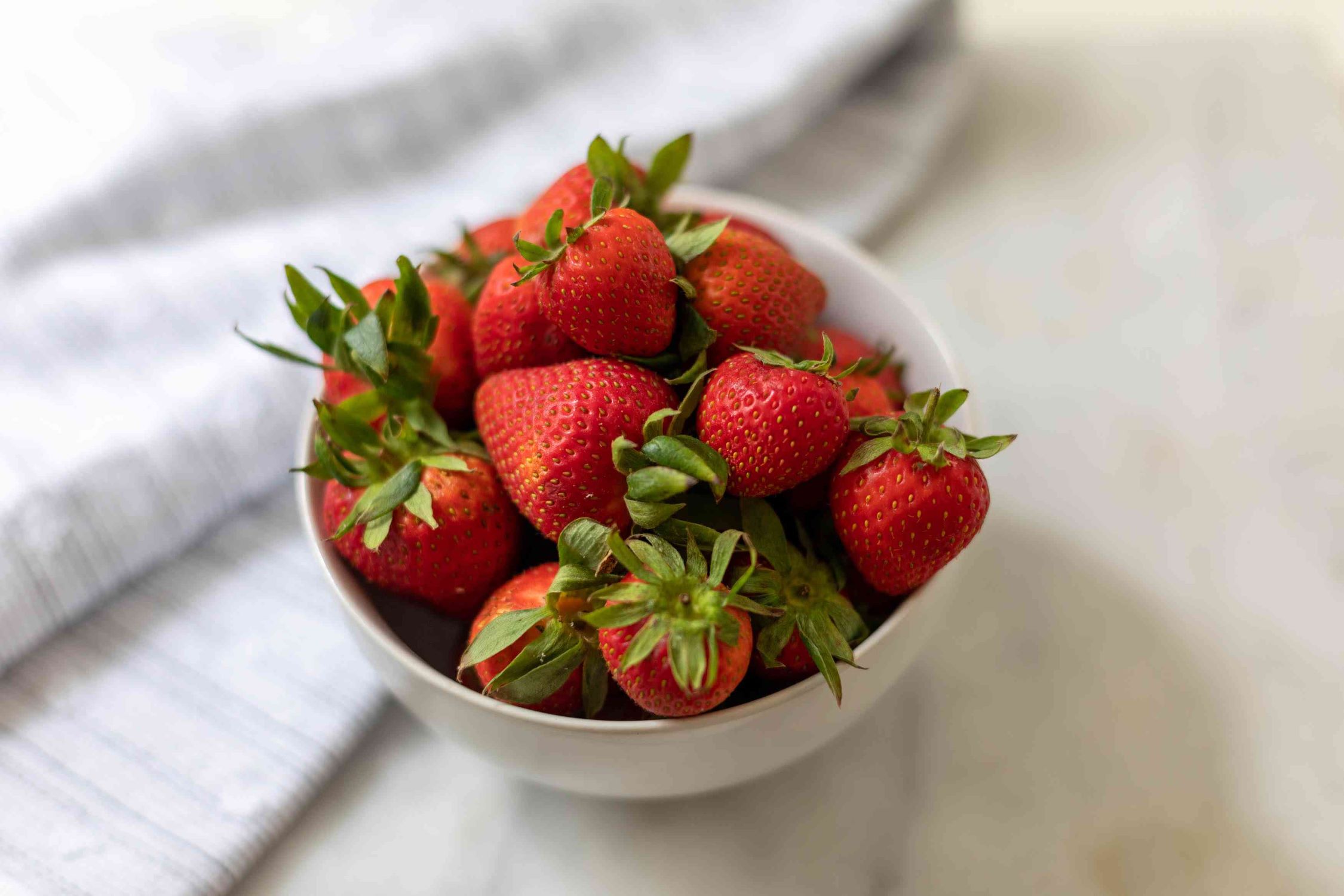

Garden Essentials
What Are The Seeds In Strawberries
Modified: April 22, 2024
Learn about the garden seeds in strawberries and how to grow them in your own backyard. Discover the secrets to successful strawberry cultivation and harvest your own juicy, homegrown fruits.
(Many of the links in this article redirect to a specific reviewed product. Your purchase of these products through affiliate links helps to generate commission for Storables.com, at no extra cost. Learn more)
Introduction
Strawberries, with their vibrant red color and deliciously sweet taste, are a beloved fruit enjoyed by many. But have you ever wondered about those tiny black specks that dot the surface of a strawberry? These specks are actually seeds, and they play a crucial role in the reproduction and growth of the strawberry plant. In this article, we will explore the anatomy and characteristics of strawberry seeds, their role in the plant’s life cycle, their nutritional value, and how they can be used in various culinary applications. So, let’s dive in and uncover the secrets of the seeds in strawberries!
Key Takeaways:
- Strawberry seeds, though small, are actually tiny fruits that play a crucial role in the reproduction and growth of the strawberry plant. They are safe to eat and add a subtle crunch to dishes.
- Strawberry seeds are rich in protein, healthy fats, vitamins, and minerals, contributing to the overall nutritional profile of strawberries. They can be used in jams, baked goods, smoothies, and salads for added texture and flavor.
Read more: What Are Strawberry Seeds
Anatomy of a Strawberry
Before we delve into the intricacies of strawberry seeds, let’s take a closer look at the anatomy of a strawberry itself. On the external surface of a strawberry, you can notice several distinct parts. The first is the bright red skin, which is known as the epidermis. This smooth and shiny outer layer helps protect the fruit from damage and prevents moisture loss. Above the epidermis, you’ll find small, leaf-like structures called sepals. These sepals are remnants of the flower that once bloomed and protected the developing fruit.
Now, let’s turn our attention to the internal structure of a strawberry. As you cut a strawberry in half, you’ll see several fascinating components. The first is the fleshy part of the fruit known as the pericarp, which provides the sweet and juicy texture. Embedded within the pericarp are numerous achenes, which are commonly referred to as strawberry seeds. These achenes are not true seeds in the botanical sense but are actually tiny fruits themselves.
The achenes are attached to the receptacle, a spongy tissue that connects them to the strawberry’s core. The receptacle plays a vital role in nourishing the developing strawberry seeds and providing structural support to the fruit. Surrounding the achenes and receptacle, you’ll find another layer of edible tissue known as the mesocarp. This layer contributes to the overall flavor and texture of the strawberry.
Understanding the anatomy of a strawberry is essential as it sets the stage for comprehending the role and characteristics of its seeds. So, now that we have covered the external and internal aspects of a strawberry, let’s move on to explore the intriguing world of strawberry seeds.
Understanding Strawberry Seeds
Strawberry seeds, also known as achenes, are the small, black specks found on the surface of a strawberry. While they may appear insignificant, these seeds hold great importance in the reproduction and propagation of the strawberry plant. Let’s explore their definition, their role in reproduction, and debunk some common misconceptions.
First and foremost, strawberry seeds are not true seeds in the botanical sense. Instead, they are actually tiny fruits themselves. Each achene contains a seed within it, making them a viable means of reproduction for the strawberry plant. When the strawberry flowers are pollinated, the pollen fertilizes the ovary within the flower, resulting in the development of achenes.
The achenes serve as a method of seed dispersal. They can be spread by animals that eat the strawberries or even by wind or water. When the achenes find a suitable spot, they can germinate and grow into new strawberry plants, ensuring the continuation of the species.
Now, let’s address some common misconceptions surrounding strawberry seeds. One misconception is that the seeds are responsible for the strawberry’s sweetness. In reality, the sweetness of a strawberry comes from the sugars present in the flesh, not the seeds. The seeds themselves have a subtle flavor but are mostly known for their slight crunch when consumed.
Another misconception is that strawberry seeds must be removed before consuming the fruit. While some people may choose to remove the seeds for personal preference, they are completely safe to eat. In fact, the seeds can add a touch of texture and visual interest to dishes.
Understanding the definition and importance of strawberry seeds allows us to appreciate the critical role they play in the reproduction of the strawberry plant. We can now move on to explore the characteristics of these tiny fruits in more detail.
Characteristics of Strawberry SeedsStrawberry seeds, or achenes, possess unique characteristics that distinguish them from other fruits. Let’s explore their size and shape, color, and texture and hardness.
The size and shape of strawberry seeds can vary slightly depending on the variety of the strawberry. Generally, they are small, ranging from 1 to 2 millimeters in diameter. The shape is typically oval or teardrop-shaped, resembling tiny grains. Despite their small size, strawberry seeds play a significant role in the propagation of the plant.
When it comes to color, strawberry seeds are commonly seen as black or dark brown specks. However, not all strawberry seeds are uniformly black. Some varieties may have seeds that are lighter in color, such as dark red or even yellow. This variation in color adds visual interest to strawberries and can be used as a trait to identify different cultivars.
In terms of texture and hardness, strawberry seeds are quite unique. They have a hard outer layer that provides protection for the seed and allows it to withstand environmental conditions. The texture of the seed’s outer surface is slightly rough, aiding in its attachment to the receptacle within the strawberry. However, despite their hardness, strawberry seeds are not tough or unpleasant to consume. When eaten, they offer a subtle crunch that adds to the overall texture of the fruit.
Understanding the characteristics of strawberry seeds gives us insight into their distinctiveness and their role in the strawberry fruit. Now that we have explored their characteristics, let’s dive deeper into the development and growth of these fascinating seeds.
Development and Growth of Strawberry Seeds
The development and growth of strawberry seeds involve a series of processes that start with pollination and fertilization and culminate in germination and seedling growth. Let’s explore these stages in detail.
1. Pollination and Fertilization Process: Strawberry plants are generally self-pollinating, meaning they have both male and female reproductive organs within the same flower. However, cross-pollination can occur when pollen is transferred between flowers by wind, insects, or other means. When a strawberry flower is pollinated, the pollen fertilizes the ovary, kickstarting the development of achenes.
2. Embryo Development: Once the ovary is fertilized, the fertilized egg, called the zygote, starts dividing and developing into an embryo within each achene. The embryo contains the genetic material necessary for the growth of a new strawberry plant.
3. Germination and Seedling Growth: When the conditions are favorable, such as proper temperature and moisture, the seeds germinate. The hard outer layer of the seed cracks, and a tiny root emerges, followed by the growth of two leaves known as cotyledons. These cotyledons provide nutrients to the young seedling until it can establish its own roots and begin photosynthesis.
It’s important to note that the germination process of strawberry seeds can be challenging and slow compared to other plant seeds. It often requires specific conditions, including a period of cold stratification where the seeds are exposed to cold temperatures for a certain duration. This cold treatment helps break dormancy and triggers the germination process when the seeds are planted.
Understanding the development and growth of strawberry seeds gives us insight into the intricate journey that these tiny fruits embark upon. From pollination to germination, each stage contributes to the propagation and continuation of the strawberry plant. Now, let’s explore the nutritional value of these seeds.
When discussing the seeds in strawberries, it’s important to note that each seed on the outside of a strawberry is actually a separate fruit that contains a seed. These “seeds” are called achenes and are the true seeds of the strawberry plant.
Read more: What Is The Best Soil Mix For Strawberries
Nutritional Value of Strawberry Seeds
While small in size, strawberry seeds pack a nutritional punch. Let’s explore the nutritional value of these tiny fruits by examining their protein content, fat content, and the vitamins and minerals they provide.
Protein Content: Strawberry seeds contain a modest amount of protein. Protein is an essential macronutrient that plays a crucial role in building and repairing body tissues, supporting immune function, and aiding in various biological processes. Though the protein content in strawberry seeds is not as high as in some other plant-based sources, it still adds to the overall nutritional value of the fruit.
Fat Content: Strawberry seeds are a good source of healthy fats. These fats, predominantly in the form of polyunsaturated and monounsaturated fats, are beneficial for heart health and can help reduce the risk of cardiovascular diseases. The fat content in strawberry seeds is relatively low compared to other sources but contributes to the overall nutritional profile of the fruit.
Vitamins and Minerals: Strawberry seeds are rich in various vitamins and minerals. They provide a good amount of vitamin C, which is an antioxidant that supports immune function and aids in collagen synthesis. Additionally, strawberry seeds contain small amounts of vitamin K, vitamin E, and B vitamins, which contribute to energy production and overall well-being. In terms of minerals, strawberry seeds contain calcium, iron, magnesium, and potassium, among others, which are vital for maintaining healthy bodily functions.
It’s worth noting that the nutritional composition of strawberry seeds is relatively small compared to the flesh of the strawberry itself. However, they still add a valuable contribution to the overall nutritional profile of the fruit. Including the seeds in your consumption of strawberries ensures that you can benefit from the nutritional goodness they offer.
Now that we have explored the nutritional value of strawberry seeds, let’s move on to their culinary uses and how they can be incorporated into various dishes.
Culinary Uses for Strawberry Seeds
When it comes to culinary applications, strawberry seeds offer a versatile and unique addition to various dishes. Let’s explore how these tiny seeds can be utilized in terms of consumption, digestion, as well as in cooking and baking.
Consumption and Digestion: Strawberry seeds are safe to consume and can be enjoyed along with the flesh of the fruit. They add a subtle crunch and texture to each bite. When consumed, the seeds pass through the digestive system without any issues. However, if you prefer a smoother texture, you can strain out the seeds by passing the fruit through a sieve or using a food processor to puree the strawberries.
Uses in Cooking and Baking: Strawberry seeds can be used in various culinary creations. Here are a few ideas on how to incorporate them into your cooking and baking:
- Jams and Preserves: When making homemade strawberry jam or preserves, the seeds can be left intact to add texture and visual interest. They will blend in well with the soft, jammy consistency and provide a burst of strawberry flavor.
- Baked Goods: Strawberry seeds can be included in baked goods such as muffins, cakes, and bread. They add a delightful crunch and a hint of strawberry essence to each bite. You can also sprinkle a few seeds on top of desserts like cheesecakes or fruit tarts for added visual appeal.
- Smoothies and Yogurt: For a nutritious and refreshing twist, blend fresh strawberries, complete with their seeds, into smoothies or mix them into yogurt bowls. The seeds will enhance the overall texture and flavor.
- Salads and Dressings: A sprinkle of strawberry seeds can elevate the taste and presentation of salads. They can be added to green salads, fruit salads, or even incorporated into homemade dressings for a touch of crunch and a burst of strawberry essence.
These are just a few examples of how strawberry seeds can be utilized in the culinary world. The possibilities are endless, and you can let your creativity flow when it comes to integrating these nutritious seeds into your favorite recipes.
Now that we’ve explored the culinary uses for strawberry seeds, let’s move on to the process of harvesting and saving these delightful seeds for future use.
Harvesting and Saving Strawberry Seeds
Harvesting and saving strawberry seeds allows you to cultivate new plants and continue enjoying the flavors of your favorite strawberries. Let’s explore the best time for seed collection and the proper techniques for storing these precious seeds.
Best Time for Seed Collection: The ideal time to harvest strawberry seeds is when the fruit is fully ripe. Look for strawberries that are plump, evenly colored, and have reached their peak sweetness. This ensures that the seeds inside the achenes have matured and are ready for collection.
To collect the seeds, gently remove the achenes from the strawberry fruit. Achenes are the small seeds attached to the receptacle of the strawberry. You can easily separate them by slicing the strawberries or simply rubbing them between your fingers. Be careful not to damage the seeds in the process.
Proper Seed Storage Techniques: Once you have collected the strawberry seeds, it’s important to store them properly to maintain their viability. Here are some recommended techniques for seed storage:
- Drying the Seeds: Spread the strawberry seeds out on a clean paper towel or a plate and allow them to air dry for several days. Make sure to place them in a cool, dry location away from direct sunlight. This drying process helps remove any remaining moisture and prevents the seeds from becoming moldy during storage.
- Sealing and Labeling: Once the seeds are completely dry, transfer them to airtight containers such as small envelopes or glass jars. Label each container with the date and variety of the strawberry to ensure proper identification in the future.
- Storage Conditions: Store the sealed containers of strawberry seeds in a cool, dry, and dark place. A refrigerator or a cool basement are good options for long-term storage. The low temperature and controlled humidity will help prolong the viability and freshness of the seeds.
By following these harvesting and storage techniques, you can ensure that your collected strawberry seeds remain viable and ready for use in future planting or culinary endeavors.
Now that we’ve covered the process of harvesting and saving strawberry seeds, let’s conclude our exploration of the seeds in strawberries.
Conclusion
Strawberry seeds, those tiny black specks adorning the surface of a strawberry, may seem inconspicuous, but they hold significant value in the world of botany, nutrition, and culinary arts. From understanding their anatomy and development to exploring their nutritional content and culinary uses, we have uncovered the secrets of these seemingly minute seeds.
We have learned that strawberry seeds are not true seeds in the botanical sense but are achenes, small fruits themselves, which play a vital role in the reproduction and propagation of the strawberry plant. These seeds are rich in protein, healthy fats, vitamins, and minerals, contributing to the overall nutritional profile of strawberries. While their flavor may be subtle, they offer a satisfying crunch and add texture to a variety of dishes.
Culinary enthusiasts can experiment with incorporating strawberry seeds into recipes such as jams, baked goods, smoothies, and salads, elevating both the taste and visual appeal of their creations. Additionally, we have explored the best practices for harvesting and storing strawberry seeds, ensuring their viability for future planting or consumption.
The journey of the seeds in strawberries is a fascinating one, from pollination and fertilization to embryo development and eventual seedling growth. By appreciating the importance of these seeds, we can better understand the life cycle of the strawberry plant and its remarkable ability to reproduce.
So, the next time you bite into a juicy strawberry and encounter those tiny black specks, remember the significance they hold. They are nature’s gift, providing us with not only delicious fruits but also the opportunity to grow and savor this beloved fruit for generations to come.
As we conclude our exploration of the seeds in strawberries, let us embrace the intricate beauty and bountiful benefits they offer. Whether you choose to enjoy them in their natural state or incorporate them into your culinary creations, may you appreciate the wonders of these humble seeds and the remarkable fruit they accompany.
Frequently Asked Questions about What Are The Seeds In Strawberries
Was this page helpful?
At Storables.com, we guarantee accurate and reliable information. Our content, validated by Expert Board Contributors, is crafted following stringent Editorial Policies. We're committed to providing you with well-researched, expert-backed insights for all your informational needs.
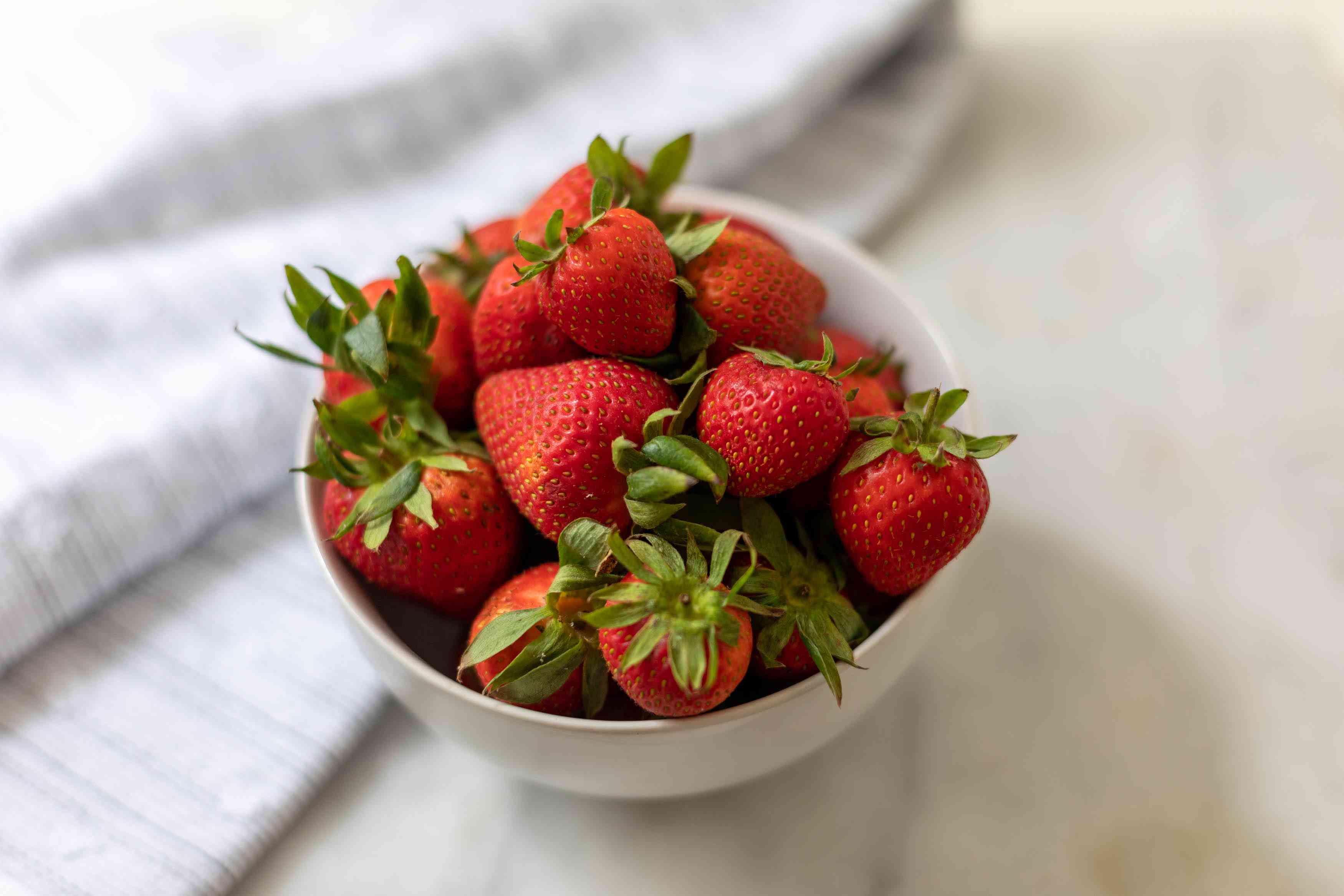
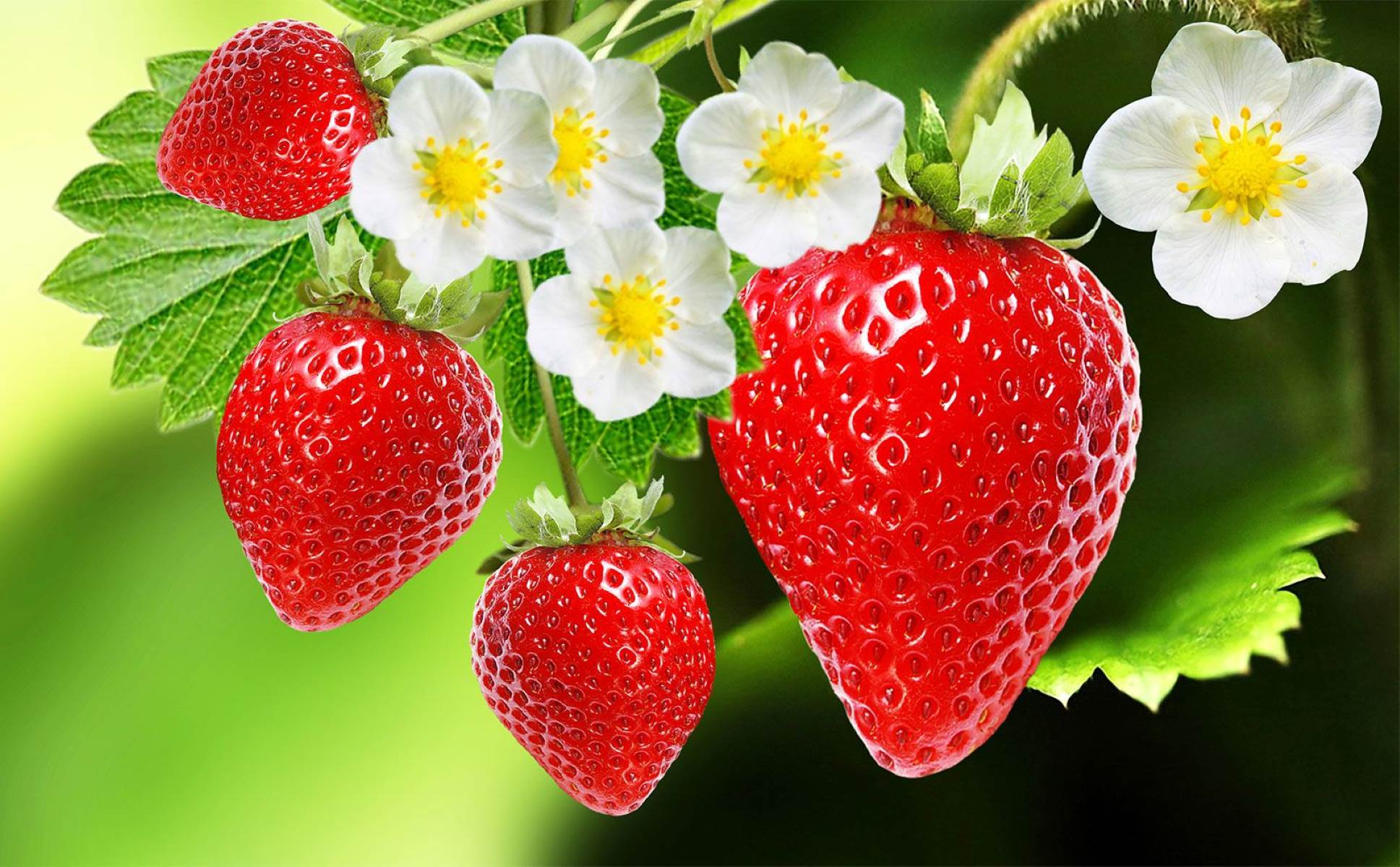
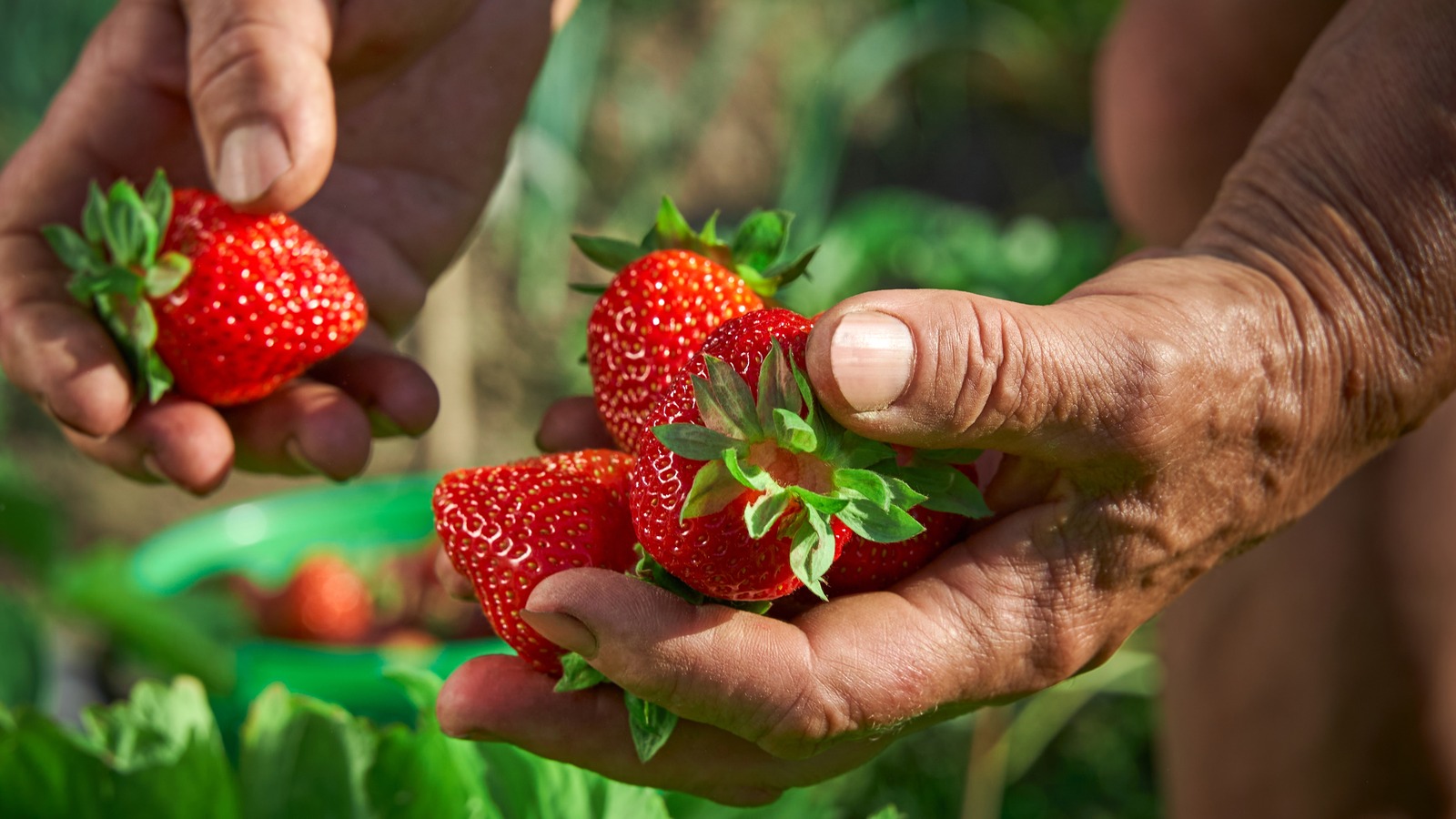
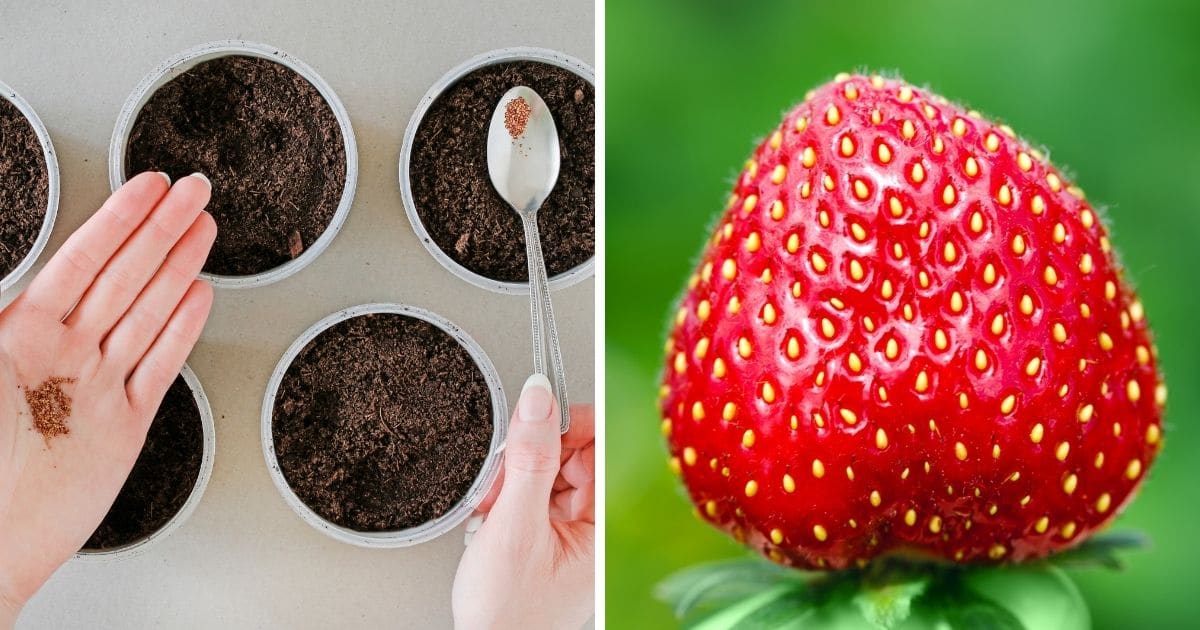
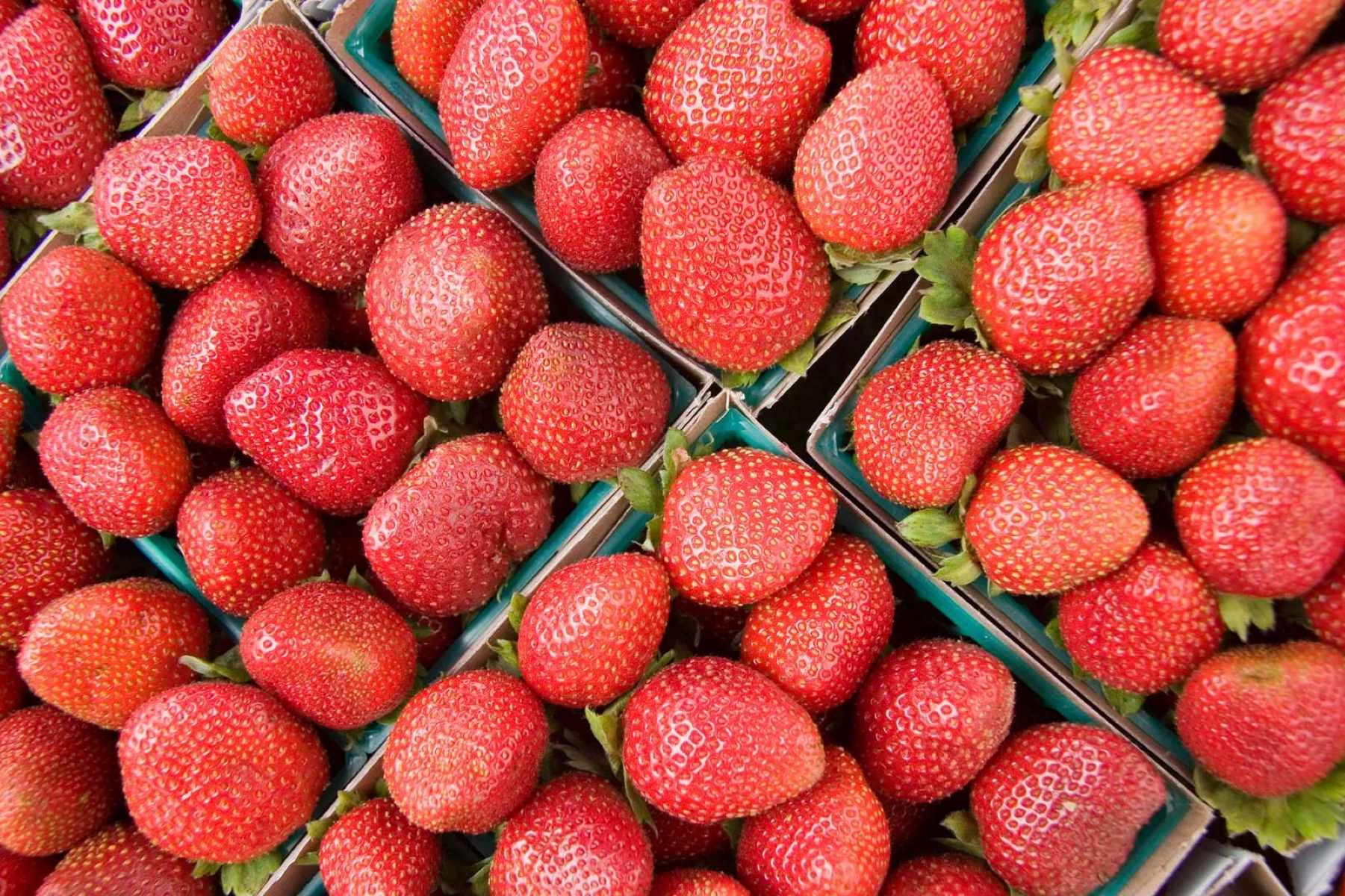
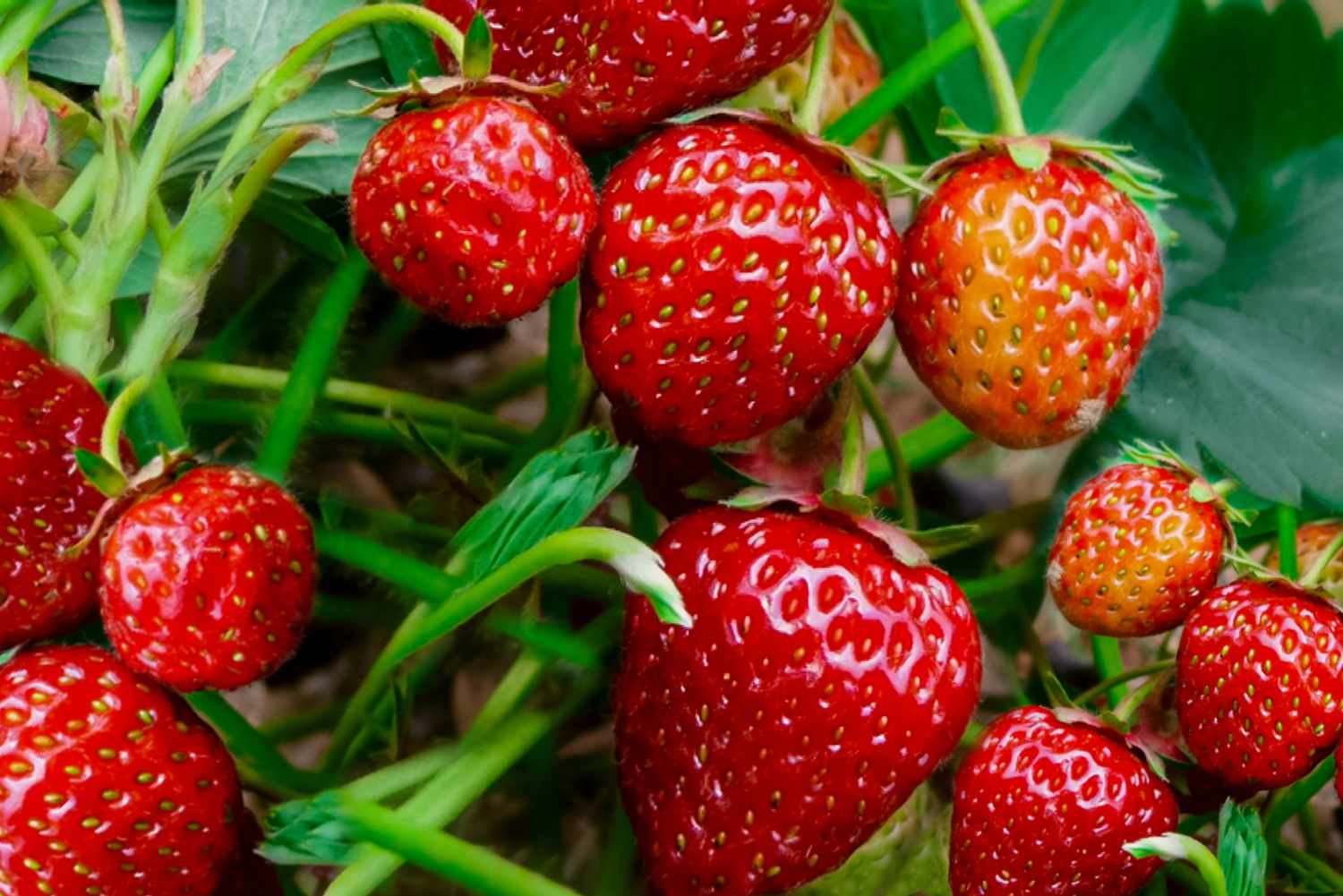
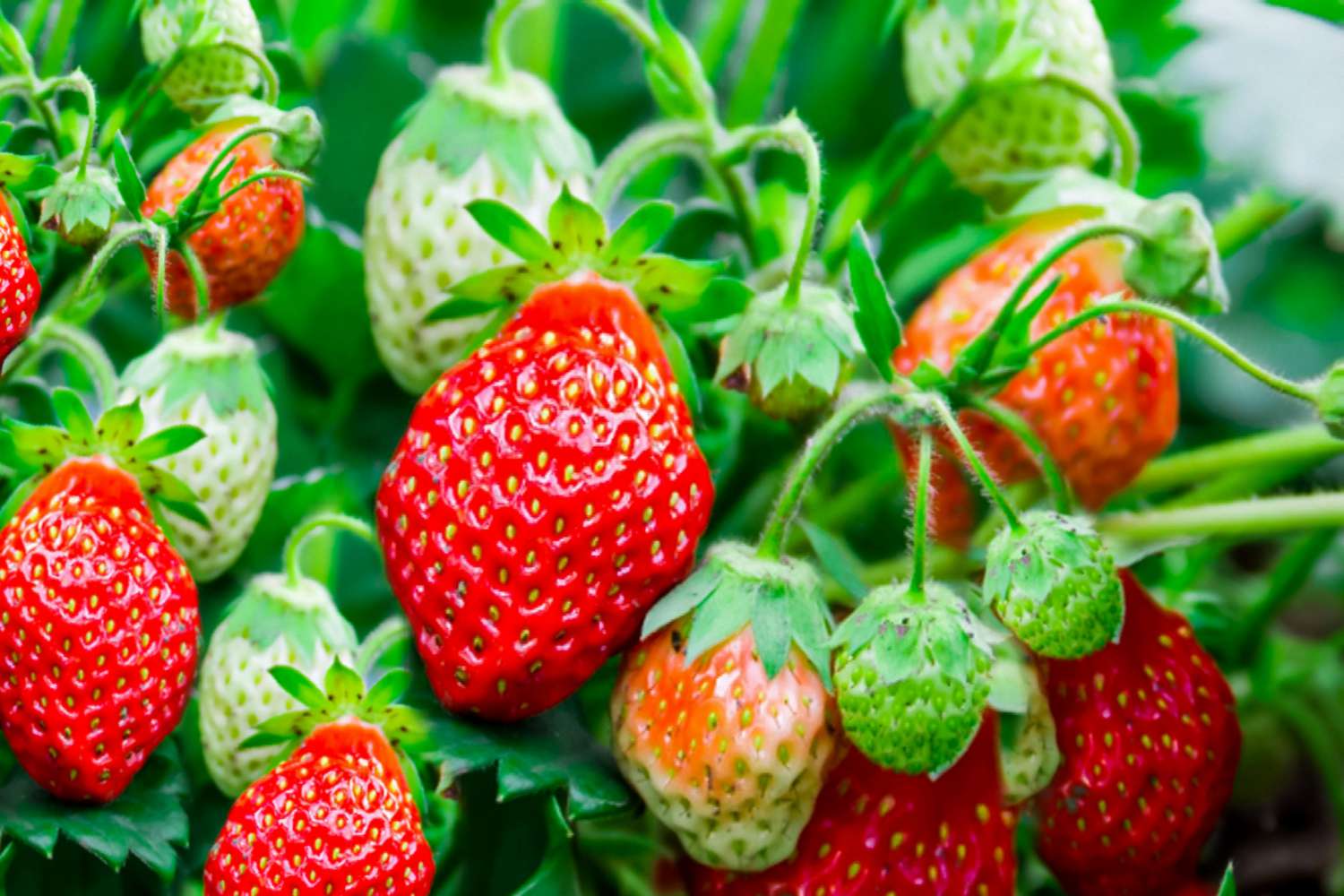
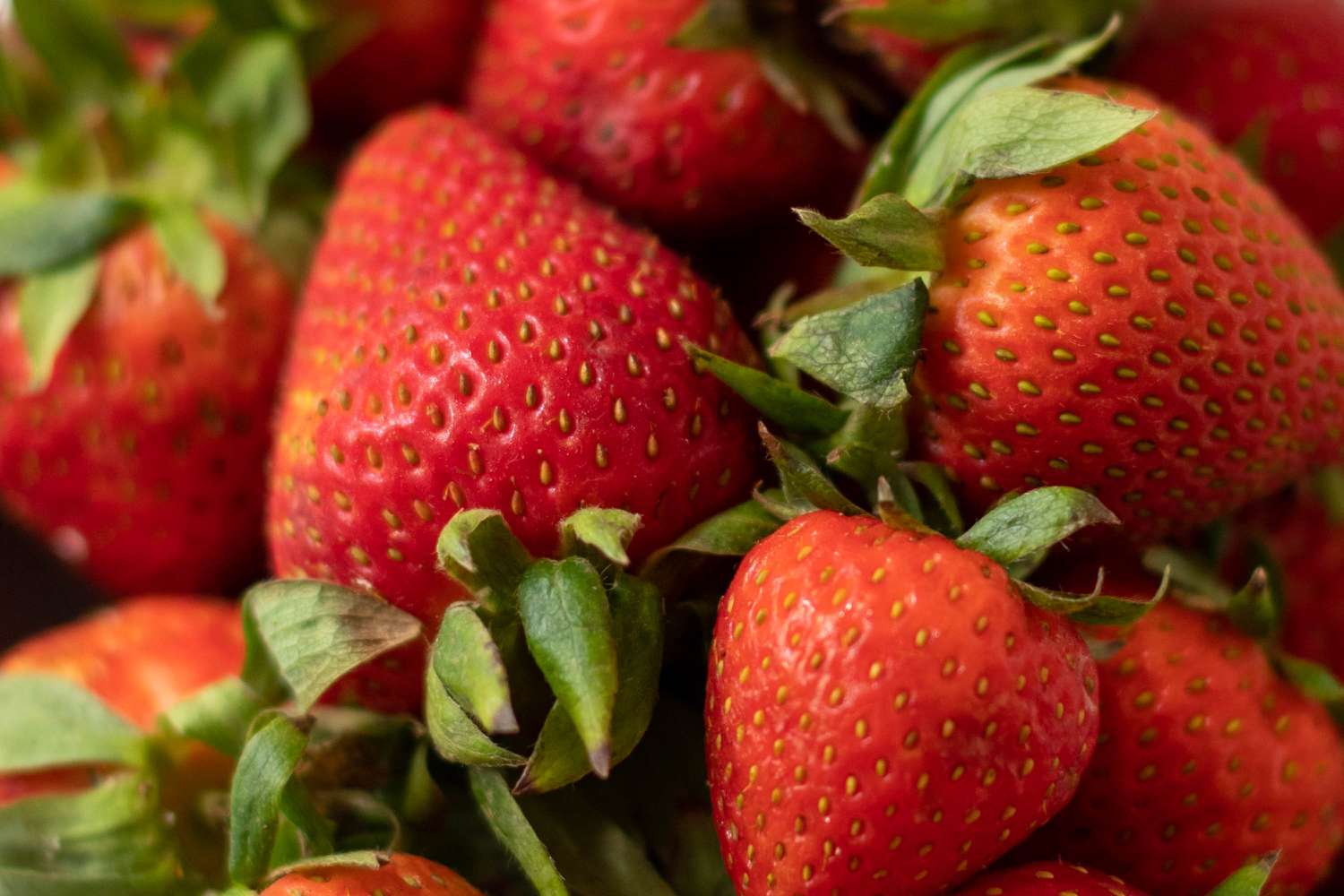
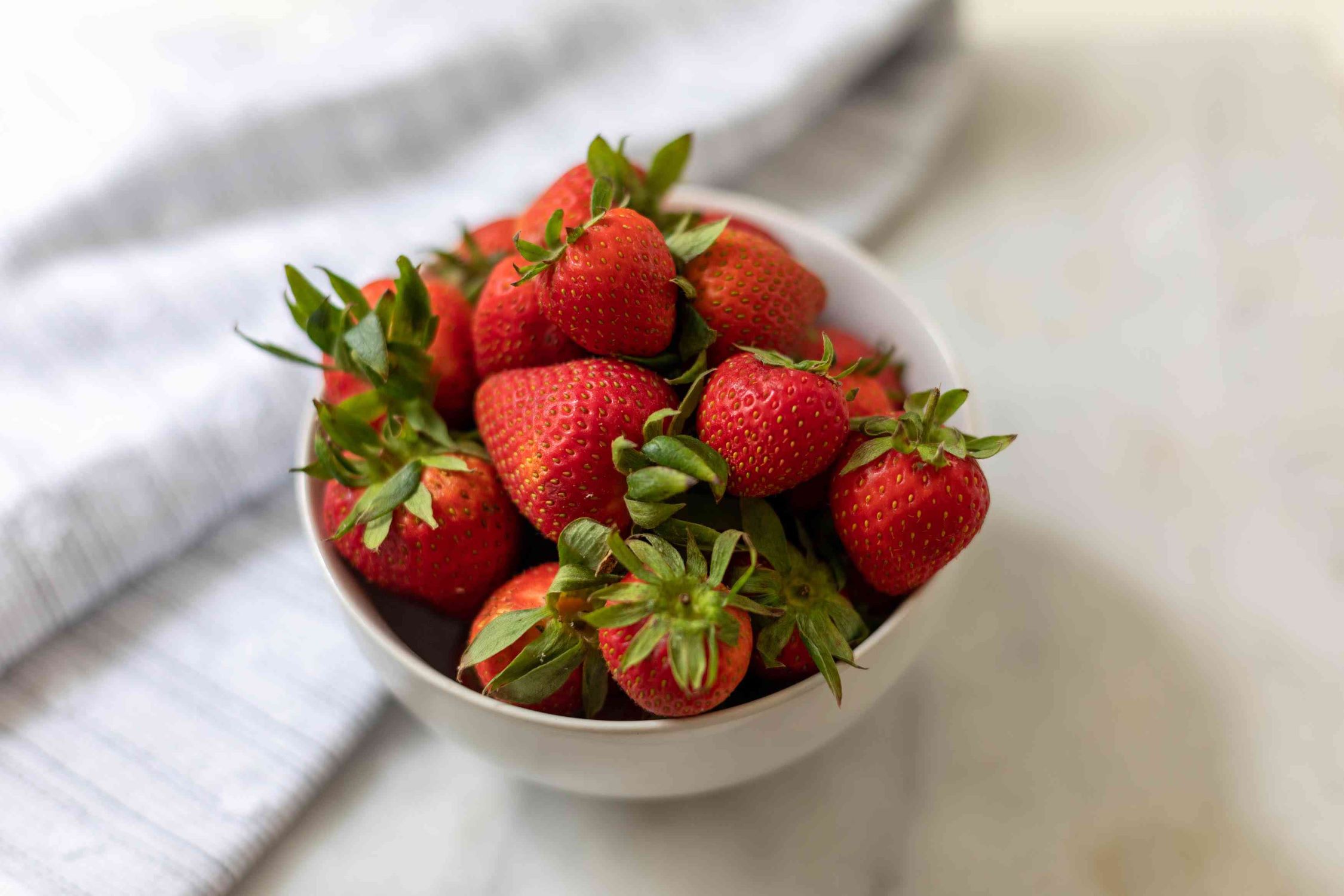
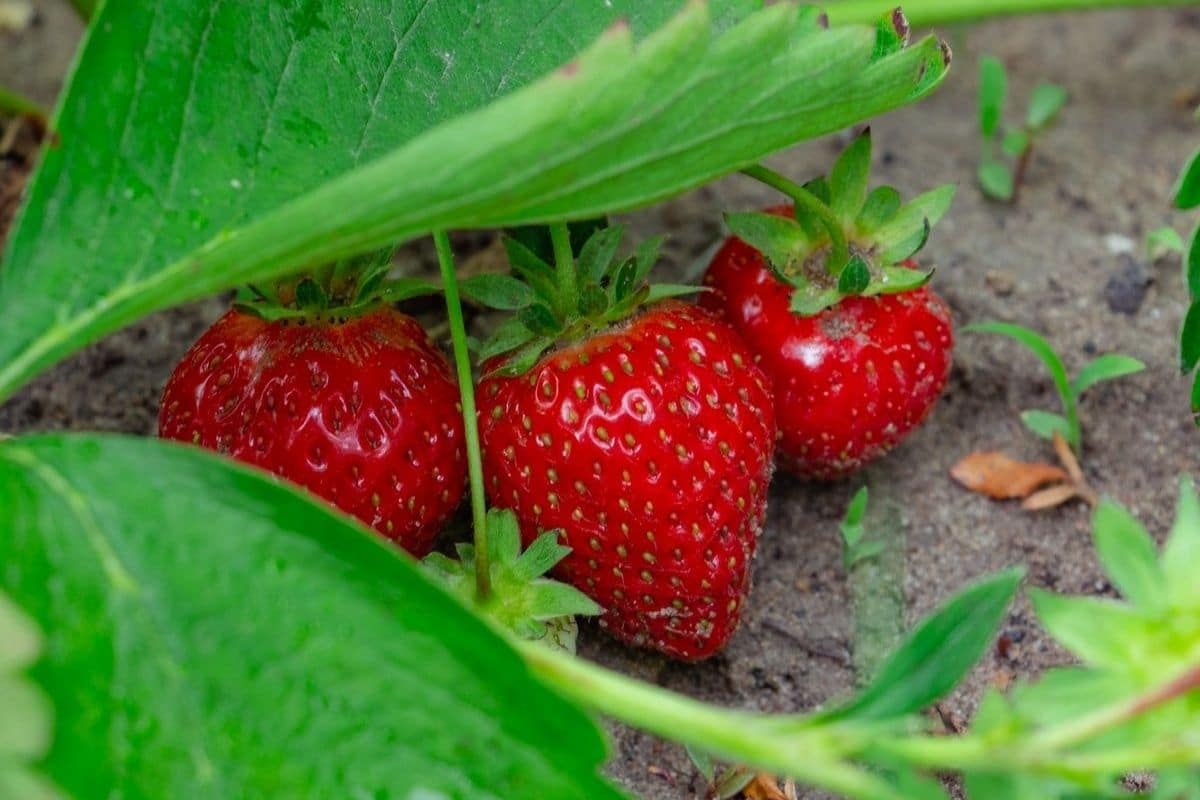
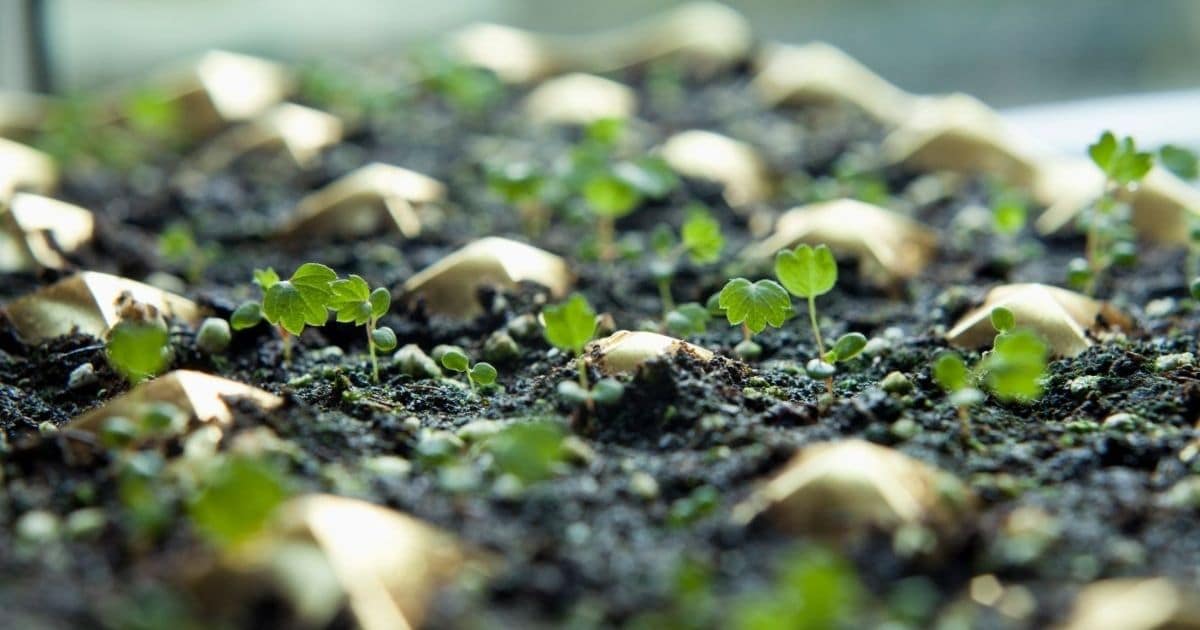
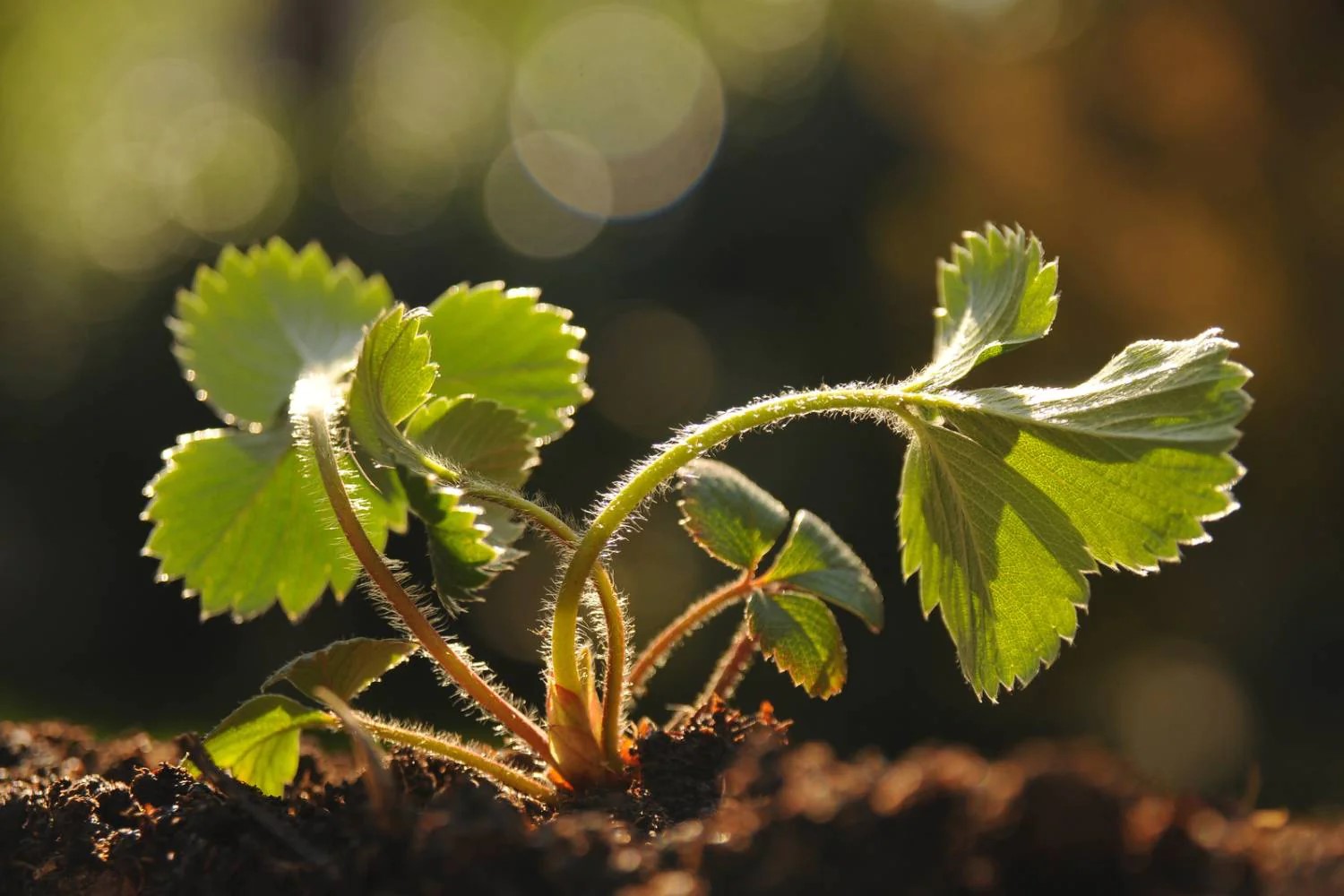
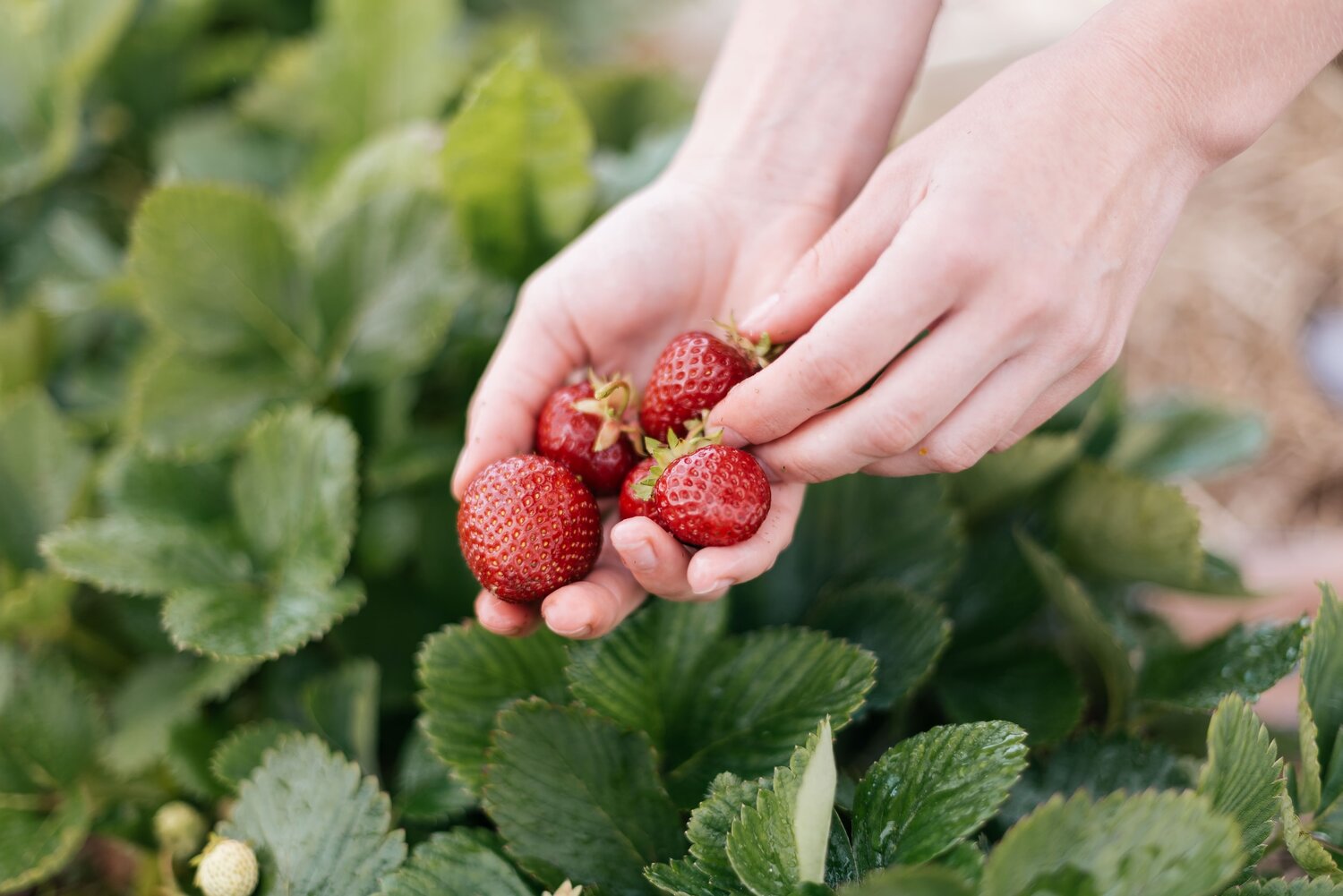
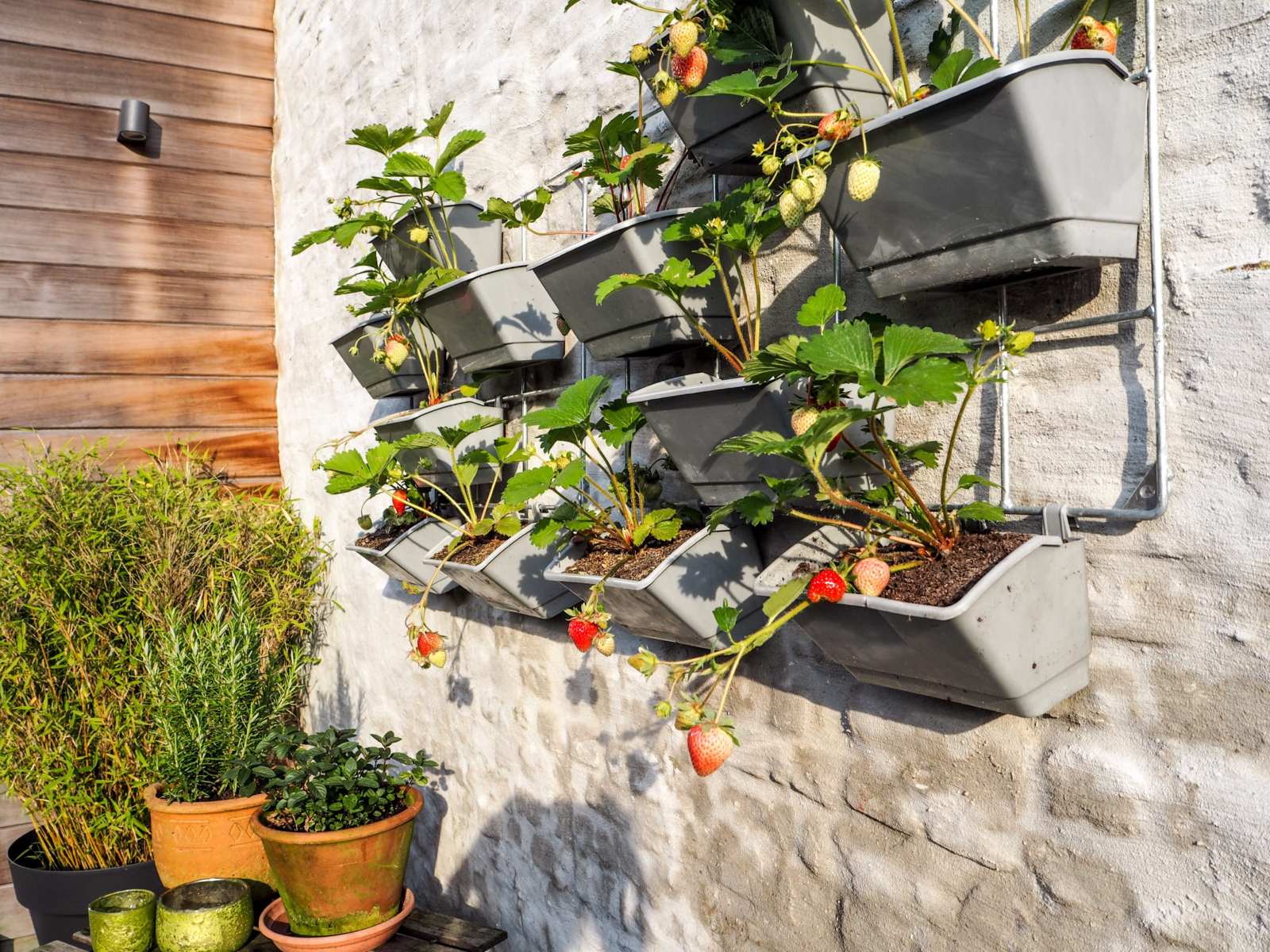

0 thoughts on “What Are The Seeds In Strawberries”